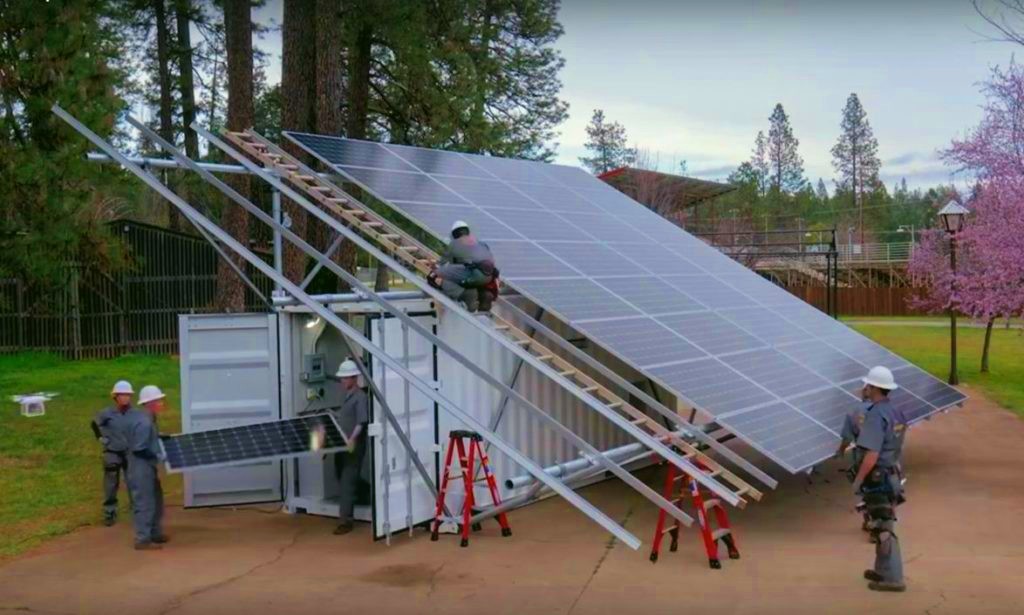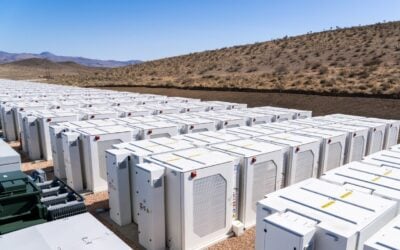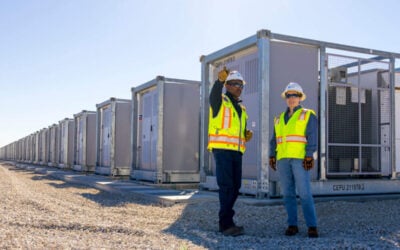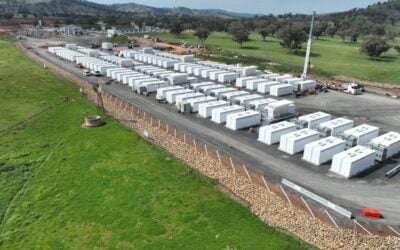
While expressing disappointment that end-of-year tax announcements in the US did not include a standalone energy storage investment tax credit (ITC), the policy could still have a big impact if introduced, the CEO of the national Energy Storage Association has said.
ESA head Kelly Speakes-Backman emailed Energy-Storage.news some commentary marking the end of 2019. During the year, the trade group, which has more than 180 members across the energy storage value chain, lobbied hard for the policy as it used the hashtag #StorageITC to spread the word via social media. In the end, solar and wind ITC extensions were not forthcoming, and neither was a tax credit policy specific to energy storage systems.
Energy-Storage.news already reported on the initial reaction from the ESA and across industry. In short, many had said that while the US market is set to continue its upward trajectory, the introduction of an ITC could have had a positive impact in accelerating that market growth.
Here’s what Kelly Speakes-Backman, Energy Storage Association CEO, had to say:
Try Premium for just $1
- Full premium access for the first month at only $1
- Converts to an annual rate after 30 days unless cancelled
- Cancel anytime during the trial period
Premium Benefits
- Expert industry analysis and interviews
- Digital access to PV Tech Power journal
- Exclusive event discounts
Or get the full Premium subscription right away
Or continue reading this article for free
1. Energy storage enjoys rare support from across the political spectrum
“Energy storage enjoys wide, bipartisan support in Congress and support from many of the federal agencies, including Department of Energy and FERC. Widespread deployment of energy storage resources can help to modernise the grid, improve resilience, create jobs, support renewables and lower costs for energy consumers. While it’s extremely disappointing that the stand-alone storage ITC didn’t get included in Congress’s year-end tax bill, I can assure you it wasn’t because of the policy itself, but the complex negotiations involving other issues. Members of Congress have agreed that levelling the playing field for energy storage in the tax credits is a fairly low-cost, common-sense fix.”
2. Let’s make the most of a ‘crucial opportunity’
“While energy storage is a fast-growing sector that supports tens of thousands of jobs, Congress is running out of time to give it the support it needs. If lawmakers had acted before the close of 2019 to pass the storage ITC, it’s estimated that market upside for storage investments would have increased by 16 percent annually. We missed that opportunity. And now, it’s more crucial than ever for Congress to take action quickly. The storage industry is still relatively new and could greatly benefit from the same tax incentives that enabled solar and wind to really flourish. Without a doubt, 2019 would’ve been the ideal year to make the change. Taking action in 2020 would still help, but there really is no time to waste.”
3. Maintaining American competitiveness
“With over 1GW [of grid batteries] deployed, over 7GW in utility resource plans, and many gigawatts more showing up in interconnection queues in the U.S., we’re on our way to making the grid more resilient, efficient, sustainable and affordable. Whether it’s the growth in solar or wind on the grid, or demand for EVs or consumer devices that connect to the internet, the demand for energy storage is only going to grow. The stand-alone storage ITC would ensure that the U.S. not only meets that challenge but maintains its lead in the advanced energy economy. The storage ITC would also offset some of the uncertainty with the ongoing trade disputes and tariff threats.”
‘Keep up the momentum we built in 2019…’
Energy-Storage.news then asked Kelly Speakes-Backman what’s expected to come next. Speakes-Backman said that with a presidential election on the horizon, maintaining momentum and lobbying efforts will be more vital than ever.
“What’s next is we need to keep all the momentum we built up in 2019 for the storage ITC and carry it into 2020. It’s an election year and Congress still has a full plate of things on its to-do list. So ESA and our members will work hard to make sure members of Congress continue to see the storage ITC as a priority. Federal lawmakers have an opportunity to prove they can still come together and get things done to help the American people. Every state would see benefits, whether it’s increased investment, more hiring or just more reliable and affordable energy.”
Finally, ESA CEO Speakes-Backman spelled out the best-case and worst-case scenarios with regard to the ITC and the campaign for its introduction:
“The best-case scenario is that the storage ITC is adopted early in 2020 so that we don’t leave behind another simple, common-sense opportunity to improve the grid. Storage will continue its fast, upward trajectory, but Congress has an important role in the pace of that trajectory.
What might go wrong? Congress doesn’t act. The worst-case scenario here is that they refuse to understand the connection between their immediate action on the storage ITC and accelerated growth of the storage market. Energy storage can underpin U.S. economic growth, a more modern and resilient grid, and decarbonisation of our energy infrastructure.”
Read a separate feature interview with Kelly Speakes-Backman on this and a number of other topics in the latest PV Tech Power (Volume 21). That article will also be published on this site later this month.





